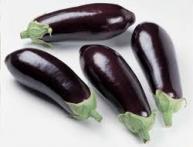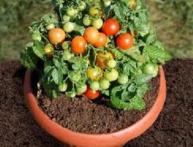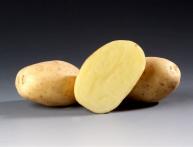Tomato Budenovka: growing features and advantages of the variety
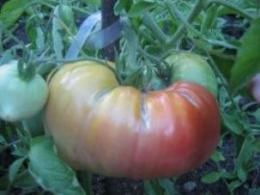
To grow this tomato variety in areas with a predominant cold climate, you need to build special shelters or film greenhouses. You can plant tomatoes in open ground if the weather in which the sowing takes place is consistently warm.
Content:
Description
The Budenovka tomato belongs to the large-fruited, medium-early (its ripening period averages 107-110 days) varieties. It happens that it reaches a height of 150 cm. Budenovka has gained considerable popularity among gardeners and has firmly established itself in many garden plots, primarily due to its extreme unpretentiousness in cultivation and care, relatively high resistance to late blight and other diseases, as well as cracking, extremely high yields and excellent taste.
Rejection of tomato seeds

Only viable seedlings germinate well. Therefore, before sowing, you need to select seeds suitable for it, i.e. perform rejection. Rejection can be done in two ways:
- Manual method. This method means careful visual inspection of the seed material. Seedlings that show obvious signs of disease or that differ in color or size from healthy seeds should be separated.
- Using regular table salt.Seeds should be placed in a 1.5% salt solution and see which ones sink to the bottom of the container. Floating seeds are not suitable for sowing. The seeds at the bottom are healthy and should be used as seed. After selection, the seeds should be washed thoroughly.
Sowing
In order for Budenovka to produce good seedlings, it needs light and highly fertile soil.
Tomato is one of those plants that are grown seedling method. Before you start sowing, the seeds should be washed and soaked for a while, having previously treated them with a weak solution of potassium permanganate.
Experienced gardeners recommend starting to prepare seedlings at the beginning of the cold weather (late March - early April), when the soil temperature is at least 20°. It is not advisable to immerse seedlings to a depth of more than 0.5 cm.
The germinating seeds of the Budenovka tomato in the flowering phase of the first cluster should be transplanted to a new location only after the frost has passed. The seeding depth should be 1.5-2 cm and carried out according to the 60x30-35 cm pattern. You can also add humus or 10 grams of superphosphate to the dug hole.
Bloom
The first tomato inflorescence can be seen above the 9-11th leaf, the gap between subsequent inflorescences is three leaves. The number of fruits in each inflorescence varies from 3 to 7.
Care
Growing this variety of tomatoes does not require excessive effort (perhaps the only labor-intensive process can be called formation and tying of bushes, which is especially necessary for greenhouse plants).Indeed, even in not the most successful seasons, you can count on high yields of the Budenovka tomato in the form of large and unusually tasty salad fruits.
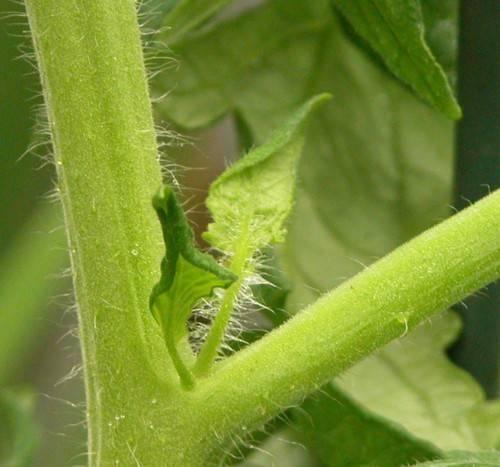
As the bush forms for further growth, it must be strengthened in a timely manner (each bush is tied to stakes). Tomato requires periodic watering. Particular attention should be paid to watering at certain stages of tomato growth: before flowering, with the appearance of ovaries and at the very beginning of fruit ripening. After the plant is watered, you need to thoroughly loosen the soil near it and tear off the lower leaves.
To ensure good ripening of fruits and to obtain an early harvest when seedlings grow excessively, it is necessary to remove newly appeared shoots (stepchildren). If bifurcation occurs at the top of the plant, it is necessary to tie each branch to the greenhouse bars.
The tomato trunks are hilled up in pairs, then covered with hay or plucked grass.
It is also worth noting that for the normal development of Budenovka needs feeding elements such as phosphorus and potassium: as fertilizers for this variety, you can use, for example, a solution of crushed superphosphate and an infusion of ground eggshells.
Harvesting
A characteristic feature of this variety is its unique ripening: it takes place from late July to early autumn, while the fruits ripen from the inside. That is, when tomatoes look greenish on the outside, they are already fully ripe on the inside. The fruits are harvested in the pink or brown ripeness phase.
At the end of July, tomatoes planted in open ground begin to ripen. The weight of one fruit of this variety, as a rule, is about three hundred, and can often reach seven hundred grams.
The average yield of one bush is about four to five kilograms, and with proper care, up to seven kilograms of tomatoes can be harvested from a bush during the season. At the same time, the Budenovka tomato has fruits that are almost identical in size with fleshy, sweet pulp and a very small seed box.
Application
Fresh tomatoes contain a huge amount beneficial vitamins and minerals, especially potassium, iron and magnesium. Eating tomatoes is medicinal and suitable even for allergy sufferers.
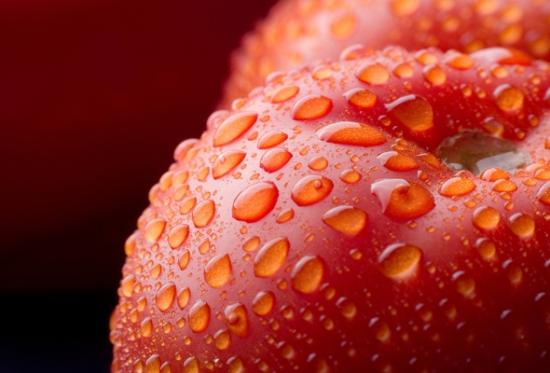
- Tomato Budenovka can be consumed fresh. It is also very good for further processing.
- Small and not very large tomato fruits are usually used for canning. Larger ones are good for making paste, juice, puree, lecho, etc.
- Tomato pieces cut into slices can be frozen.
With the constant consumption of tomatoes, there is a significant decrease in the level of cholesterol in the blood, improvement in the functioning of the gastrointestinal tract and normalization of blood pressure, which has a positive effect on the general condition of the body.





